Italian food trucks are usually based on classic red, white and green colors. The body design incorporates elements such as Roman columns, wine glasses or pizza patterns, creating a strong Apennine Peninsula style. Its core positioning is “fast, authentic and friendly”, focusing on classic Italian food cooked to order, such as handmade pizza, pasta, panini sandwiches, tiramisu, etc. At the same time, innovative dishes (such as Sichuan spicy pizza, seafood squid pasta, etc.) are launched in combination with regional characteristics to meet the needs of diverse tastes.
Compared with traditional restaurants, food trucks bring Italian food from high-end restaurants to the daily life scenes of the public through flexible location selection (commercial districts, music festivals, sports events, etc.) and efficient food delivery mode, realizing the convenient experience of “stop and eat”.
 Features
Features
1.Authentic flavor, cooked to order
- The food truck is equipped with a professional chef team, insisting on using imported ingredients (such as Italian mozzarella cheese, Parma ham, 00 flour) and traditional craftsmanship (such as stone kiln-baked pizza, hand-pulled noodles) to ensure the original flavor of each meal.
2.Flexibility and scenario-based operation
- The food truck can adjust its menu according to different time periods and locations: on weekdays, it focuses on fast set meals (such as a Margherita pizza + cola combination that can be served in 10 minutes), and on weekends, it launches family sharing packages or themed packages (such as “Tuscan-style dinner”), and even undertakes customized services such as private parties and weddings.
3.Brand story and interactive experience
- Through car body painting, social media live broadcast of chefs’ cooking process, and setting up “Italian culture classrooms” (such as teaching customers to say “Che bello!” in Italian), the food truck has become a micro-carrier for cultural communication, enhancing consumers’ emotional resonance.
Internal equipment
- Stone kiln pizza oven: high temperature and fast baking, restore the traditional wood fire flavor;
- Multi-function pasta machine: can make fresh pasta on site, support a variety of shapes (spiral, wide noodles, etc.);
- Intelligent temperature-controlled refrigerator: store perishable ingredients such as cheese and meat to ensure food safety;
- Quick fryer and frying pan: used to make fried seafood, panini and other dishes;
- Portable coffee machine: provide espresso, cappuccino and other Italian drinks to improve the combination of dishes;
- Digital ordering system: support scanning code to place orders, payment and membership points to improve operational efficiency.
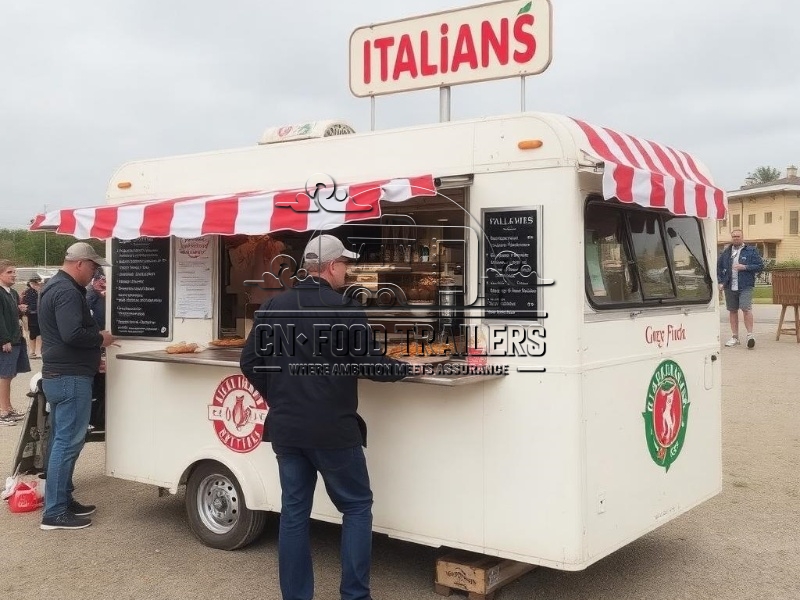
Application
1.Urban streets and commercial areas
- The “15 US dollars full meal set” for office workers and tourists has become a popular choice during lunch time.
2.Large-scale events and festivals
- Set up a cluster of dining cars at music festivals, food festivals, and sports events to form a “food carnival” effect. For example, at the Coachella Music Festival in the United States, the Italian food truck became the king of queues with its freshly baked pizza and handmade ice cream.
3.Corporate team building and private parties
- Provide “mobile Italian restaurant” services, including customized menus, sommelier catering, table settings, etc., to meet high-end social needs.
4.Community and charity activities
- Cooperate with local charities to provide meals for vulnerable groups through the “buy one, donate one” model to enhance the social value of the brand.

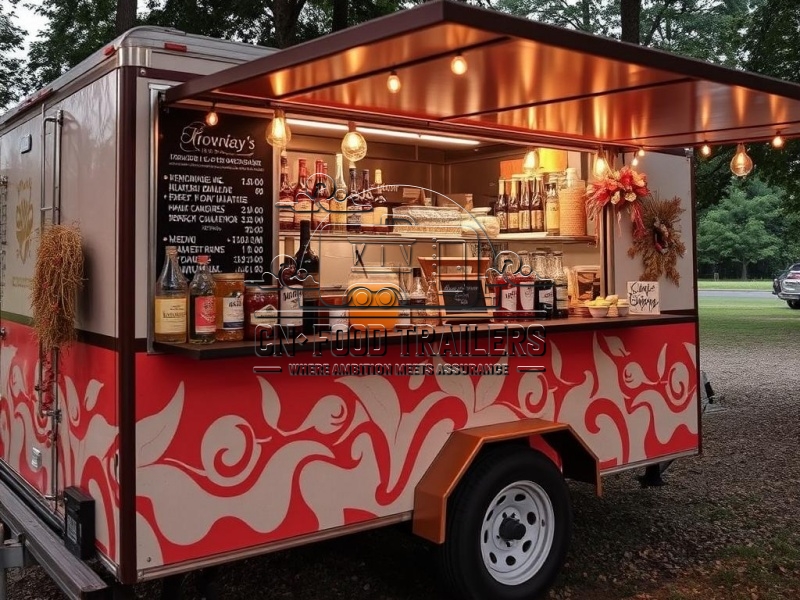
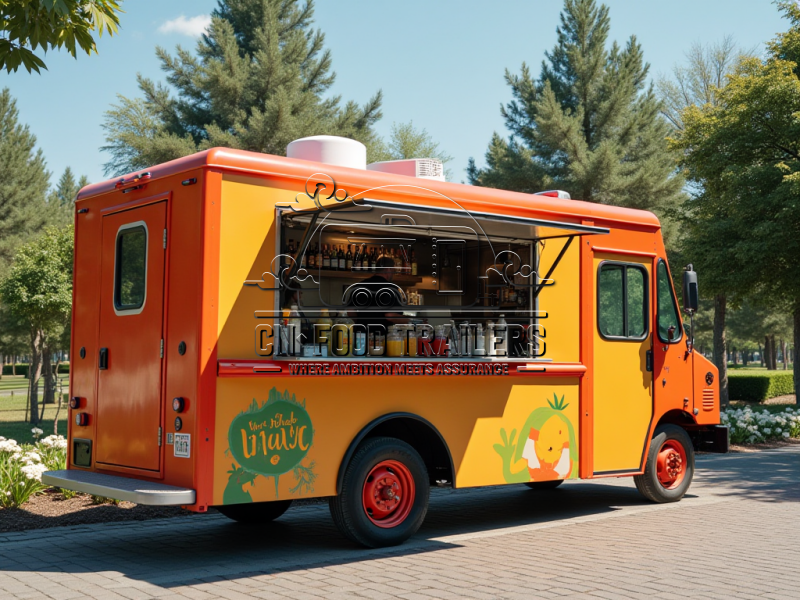

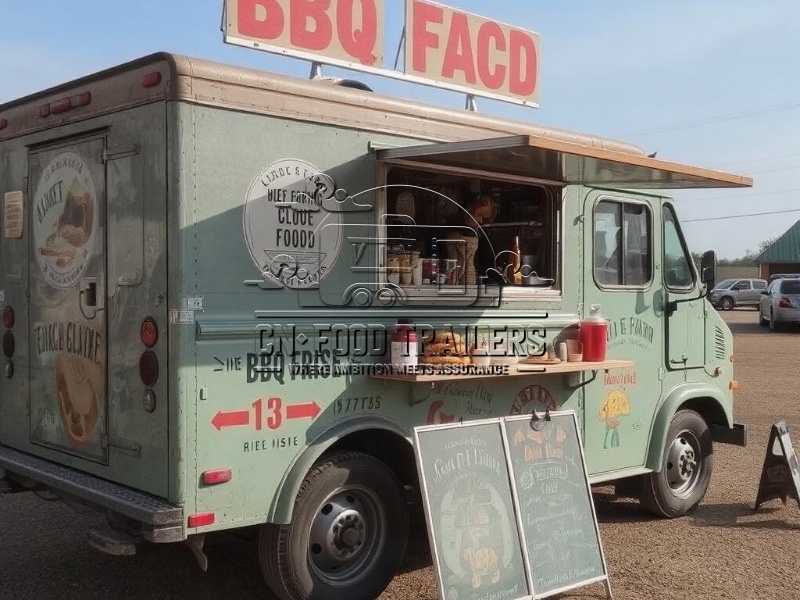
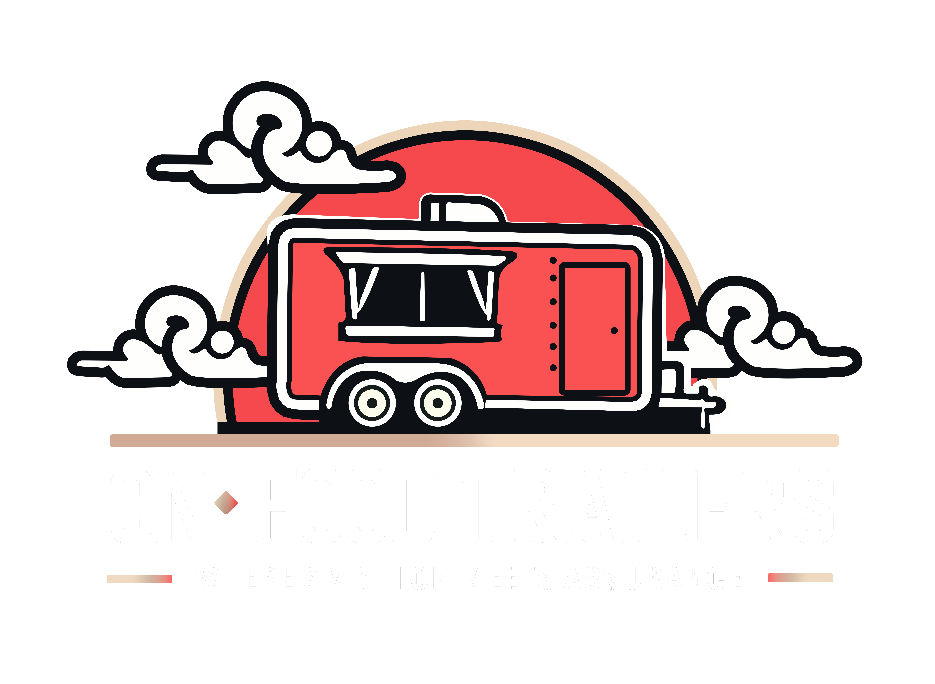
Leave A Comment